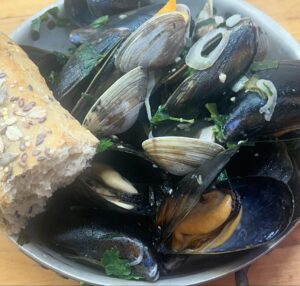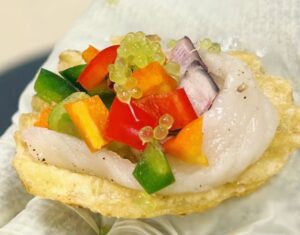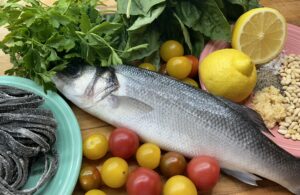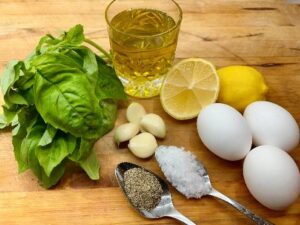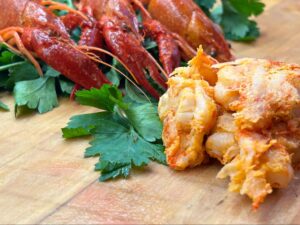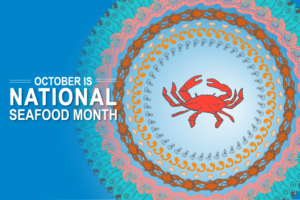By Mark Tagal, Senior Aquaculturist
Kelp makes up a large part of the food webs, storing carbon and nutrients that other organisms consume. When kelp breaks away and forms floating masses, some of those marine nutrients are transported to far off locations. Sometimes the broken kelp form huge mats and float out to sea, wash up on beaches, or even make their way into coastal rivers. No matter if they travel far or near, they are delivering massive amounts of stored energy, created by the sun to environments that thrive on the nutrients they contain.

This giant ball of kelp washed up onto Crescent Beach, well inside of the mouth of Salt Creek. It was made up of at least 3 different species of kelp and probably weighed close to a ton.
Small bits of kelp are consumed by copepods and other microscopic creatures. In other cases, larger animals, like sea urchins and kelp crabs, consume the slippery, brown carbon, and then those nutrients, created by the kelp, enter into the food pyramid on a much higher trophic level.
In an article from the Seattle Times, Sandi Doughton explains how these nutrients can be passed all the way up to top level predators like rockfish and birds.
“Fast-growing kelp beds rival tropical rainforests in their ability to capture solar energy and convert it into living biomass. Studies using isotopic analysis to trace carbon from kelp find that bits of the brown algae constantly flake off and nourish a food web that starts with microscopic organisms and leads directly to many of the region’s iconic creatures. Off Vancouver Island, more than half the carbon in some rockfish can be traced to kelp. Cormorants in Alaska’s Aleutian Islands derive as much as 70% of their carbon from the algae.” –Sandi Doughton, Seattle Times, Oct. 31, 2021



